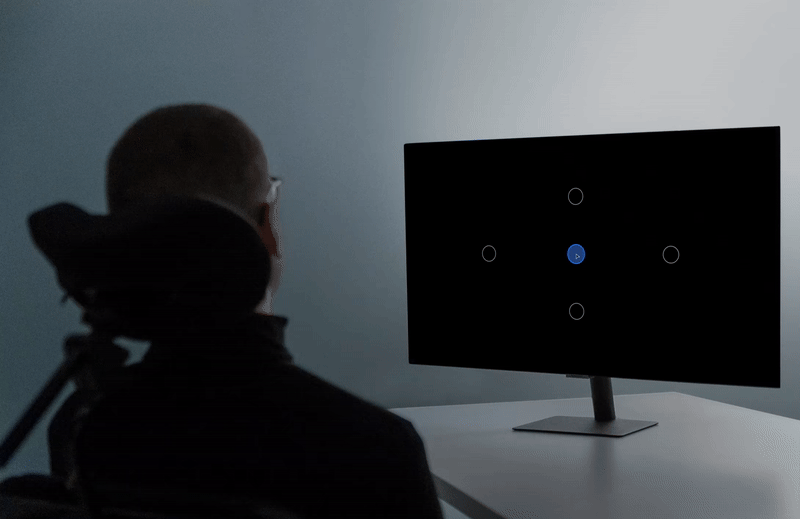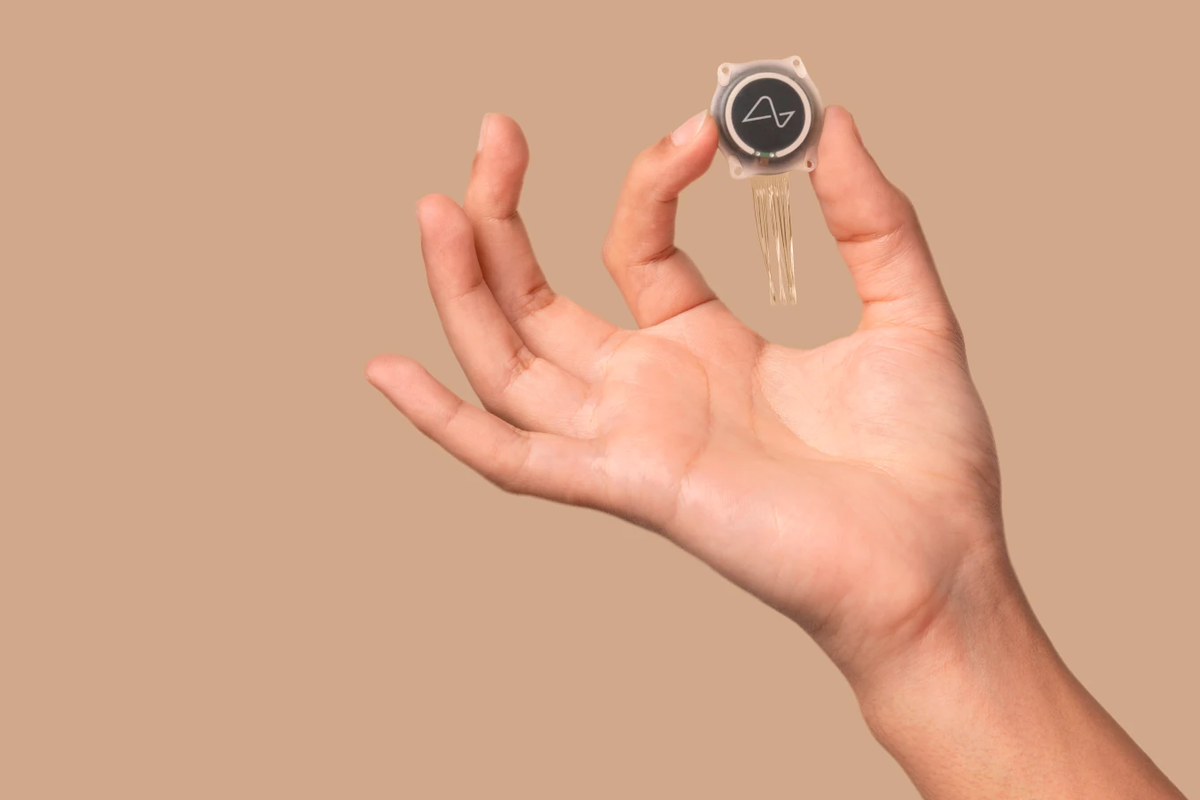Entrepreneur Elon Musk has revealed the first human patient to trial the brain-chip developed by his Neuralink company (pictured, inset) is now able to move a computer cursor with their thoughts
REUTERS | NEURALINK PRESS OFFICE
The 1,024 electrodes inside the Neuralink chip monitors brain activity in the area that controls the intention to move
- Neuralink started to recruit for a human trial in September 2023
- The operation, which is performed by robots, was completed in January 2024
- The patient has fully recovered and can move a cursor with thoughts alone
- Elon Musk says the next stage will be to click a computer mouse
Don't Miss
Most Read
Trending on GB News
Elon Musk has offered a tantalising glimpse of what could be possible with the flagship brain-chip from his Neuralink start-up. Earlier this week, the 52-year-old multi-billionaire confirmed the first human patient had fully recovered and was able to control a computer mouse using only thought.
"Progress is good, and the patient seems to have made a full recovery, with no ill effects that we are aware of. Patient is able to move a mouse around the screen by just thinking," Elon Musk revealed during a Spaces event on his social media platform X, formerly known as Twitter.
Registering as many mouse button clicks as possible will be the next step for Neuralink, Musk teased. Neuralink hasn’t confirmed any further details, so it’s unclear what platform the brain-chip is communicating with — Windows or Mac.
Neuralink, which was only started as a company back in 2016, successfully implanted a chip into its first human patient last month. It received approval for human trial recruitment last September. At the time, the Californian company said it was looking for volunteers aged 22 or older with quadriplegia caused by a cervical spinal cord injury or amyotrophic lateral sclerosis.

Neuralink has shared the following clip on its website, offering a glimpse of what it hopes to achieve with its brain-chip experiment
NEURALINK PRESS OFFICE
Robots were used to surgically fit the small computer chip into the region of the human brain that controls the intention to move, Neuralink has stated.
In previous public statements, the US company revealed the implant contains 1,024 electrodes that record neurological activity and wirelessly beam the data to a connected app. This uses an algorithm to translate the brainwaves into computer controls.
The initial goal was to enable someone to control a computer mouse pointer on-screen or type on a keyboard using their thoughts — something the start-up now seems previously close to achieving.
The first human trial, known as PRIME (Precise Robotically Implanted Brain-Computer Interface), will run for 18 months in total. Researchers will allow the patient back home, with regular check-ins at a clinic. A five-year follow-up comprising 20 clinic visits will succeed the initial trial period.

A glossy promotional image of the types of brain-chip being developed by Neuralink
NEURALINK PRESS OFFICE
Musk says the technology tested by Neuralink has huge implications for society. According to the SpaceX co-founder, the surgical insertion of these chips could be used to treat conditions like obesity, autism, depression, and schizophrenia.
LATEST DEVELOPMENTS
- Microsoft racing to fix ‘critical’ security flaw used by hackers
- Windows 10 users facing new charges from Microsoft get lifeline from Google
- This website wipes all trace of your personal data from the internet
- End of the satellite dish? Sky Q slowly phased out as Sky prioritises streaming
It could also allow people with physical disabilities to use computers with their thoughts.
Neuralink, which was valued at $5 billion last year, has faced repeated calls for scrutiny regarding its safety protocols. Reuters reported last month that the firm was fined for violating United States Department of Transportation rules regarding the movement of hazardous materials.








